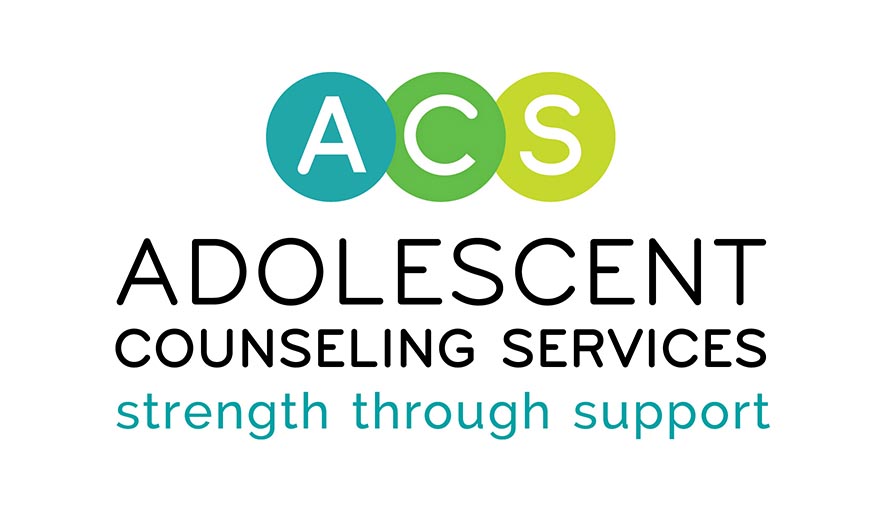
The Psychological Benefits of Exercise
Written By: Madeline Lee, Clinical Trainee at ACS, On-Campus Counseling Program
EXERCISEhas many benefits beyond the improvement and maintenance of one’s physical health. Exercise can also act as a mental health tool or healthy coping method in that it can help improve mood, self-esteem, and work performance (Kunce & Wilfley, 1986) among other benefits.
There are studies that have found that regular exercise is associated with fewer anxious and depressive symptoms, lower rates of psychiatric disorders, higher levels of reported positive affect, lower levels of reported negative affect, greater emotional wellbeing, and less stress (Bernstein et al., 2018). These studies have varied in their findings in regards to how exercise reduces symptoms and improves one’s overall mental health and wellbeing. For instance, one study discussed their findings that individuals who exercised more in their daily lives experienced less persistent states of anxiety or stress. In other words, more physically active individuals more quickly returned to baseline from bouts of anxiety, whereas less physically active individuals experienced more prolonged negative emotion (Bernstein et al., 2018). This means that habitual exercise can help individuals shift from states of distress more quickly and improve their emotion regulation skills. Another study discussed results in which autonomic responses to psychological stressors administered in the period following exercise are suppressed (Steptoe et al., 1998). Other potential mental and emotional benefits of exercise include temporary distraction from stressors, an increase in self-confidence, and potential socialization in group exercise settings.
In a time where many individuals still work and learn from home due to the pandemic, it is especially important to take care of one’s mental and physical health. Many mental health issues have arisen from the pandemic, including depression, anxiety, exhaustion, and irritability. (Amatriain-Fernández et al., 2020). The authors of a 2020 study wrote that physical activity and physical exercise interventions have been shown to produce positive impacts in most of these disorders (Zschucke, Gaudlitz, & Ströhle, 2013), as well as beneficial effects on common problems during quarantine times like frustration and boredom (Amatriain-Fernández et al., 2020). Therefore, it is important to exercise or do physical activities to lessen the impact of the pandemic and help improve and maintain one’s overall physical and mental health. The 2020 study recommends exercising for at least 30 min with moderate intensity every day and/or at least 20 min with vigorous intensity every other day (Amatriain-Fernández et al., 2020). Some ideas for exercise and physical activity in the home setting include online exercise videos, sports in one’s backyard if available, yoga, running, walking, and utilization of exercise equipment if available.
Even if some individuals have transitioned to more in-person work and school settings, it is still recommended to do 30 minutes or more of exercise a day for at least three to five days a week (Mayo Clinic, 2017), as it may improve depressive or anxiety symptoms. However, smaller periods of exercise such as 10 minutes can still help make a difference. Some ideas for starting and maintaining exercise or physical activity include:
- Identify what you enjoy doing
- Set reasonable goals
- Don’t think of exercise or physical activity as a chore
- Analyze your barriers
- Prepare for setbacks and obstacles (Mayo Clinic, 2017)
It is much easier to start and maintain physical activity or exercise if the individual enjoys the activity, if they set reasonable and realistic goals tailored to their needs and abilities, and if they view exercise as a mental health tool rather than a chore. It may also help to identify personal barriers to exercising, such as money or time, in order to find a better solution. Lastly, it is important to acknowledge any progress, even if it is small or it feels as if it has been ruined by missing a day or multiple days of exercise. Small progress is still progress and the great thing about exercise is that you can always try or start again!
___________________________
References
Amatriain-Fernández, S., Gronwald, T., Murillo-Rodríguez, E.S., & Machado, S. (2020). Benefits of Physical Activity and Physical Exercise in the Time of Pandemic. Psychological Trauma: Theory, Research, Practice, and Policy, 12(S1), S264-S266. http://dx.doi.org/10.1037/tra0000643
Bernstein, E.E., Curtiss, J.E., Wu, G.W.Y., Barreira, P.J., & McNally, R.J. (2018). Exercise and Emotion Dynamics: An Experience Sampling Study. Emotion, 19(4), 637-644. https://doi.org/10.1037/emo0000462
Kunce, J. & Wilfley, D. (1986). Differential Physical and Psychological Effects of Exercise. Journal of Counseling Psychology, 33(3), 337-342. https://doi.org/10.1037/0022-0167.33.3.337
Mayo Clinic. (2017, Sept. 27). Depression and Anxiety: Exercise Eases Symptoms.
Steptoe, A., Kimbell, J. & Basford, P. (1998). Exercise and the Experience and Appraisal of Daily Stressors: A Naturalistic Study. Journal of Behavioral Medicine, 21(4), 363-374. https://doi.org/10.1023/a:1018778730309
